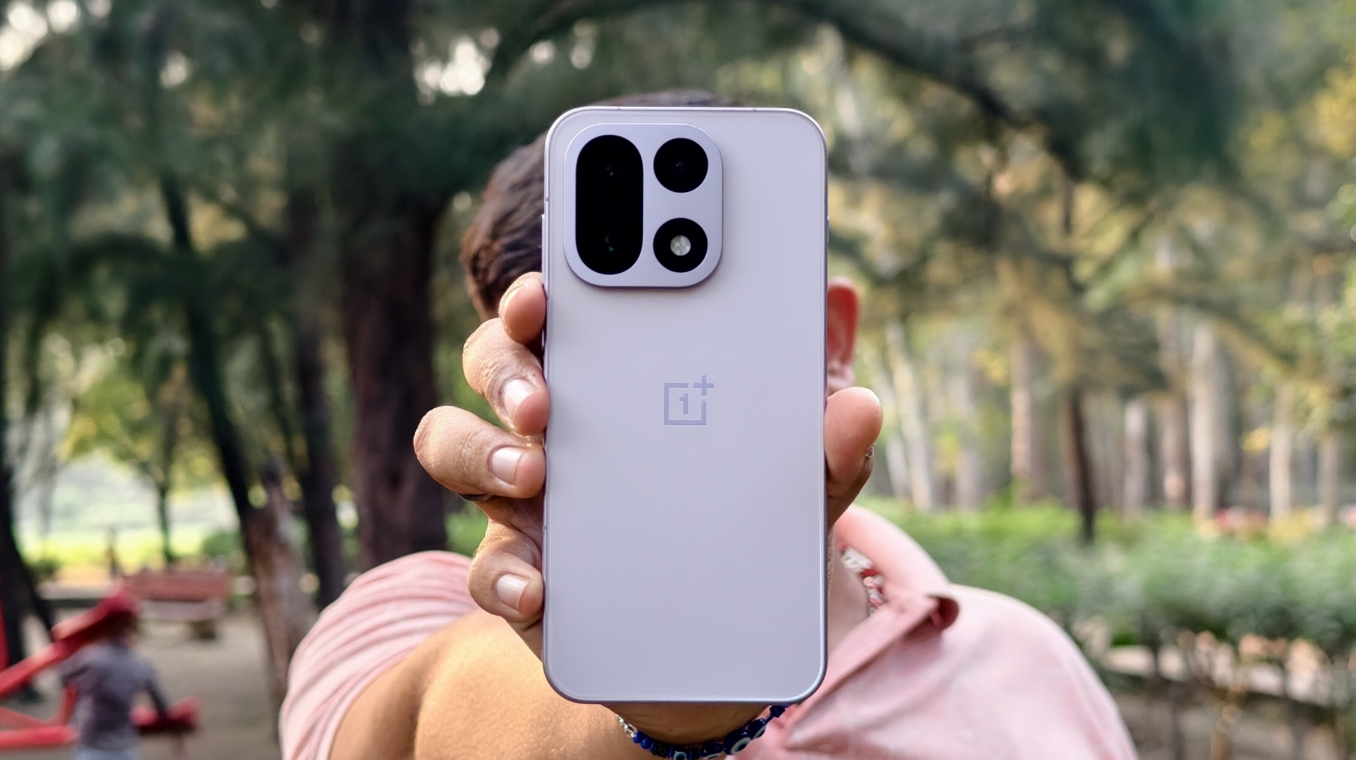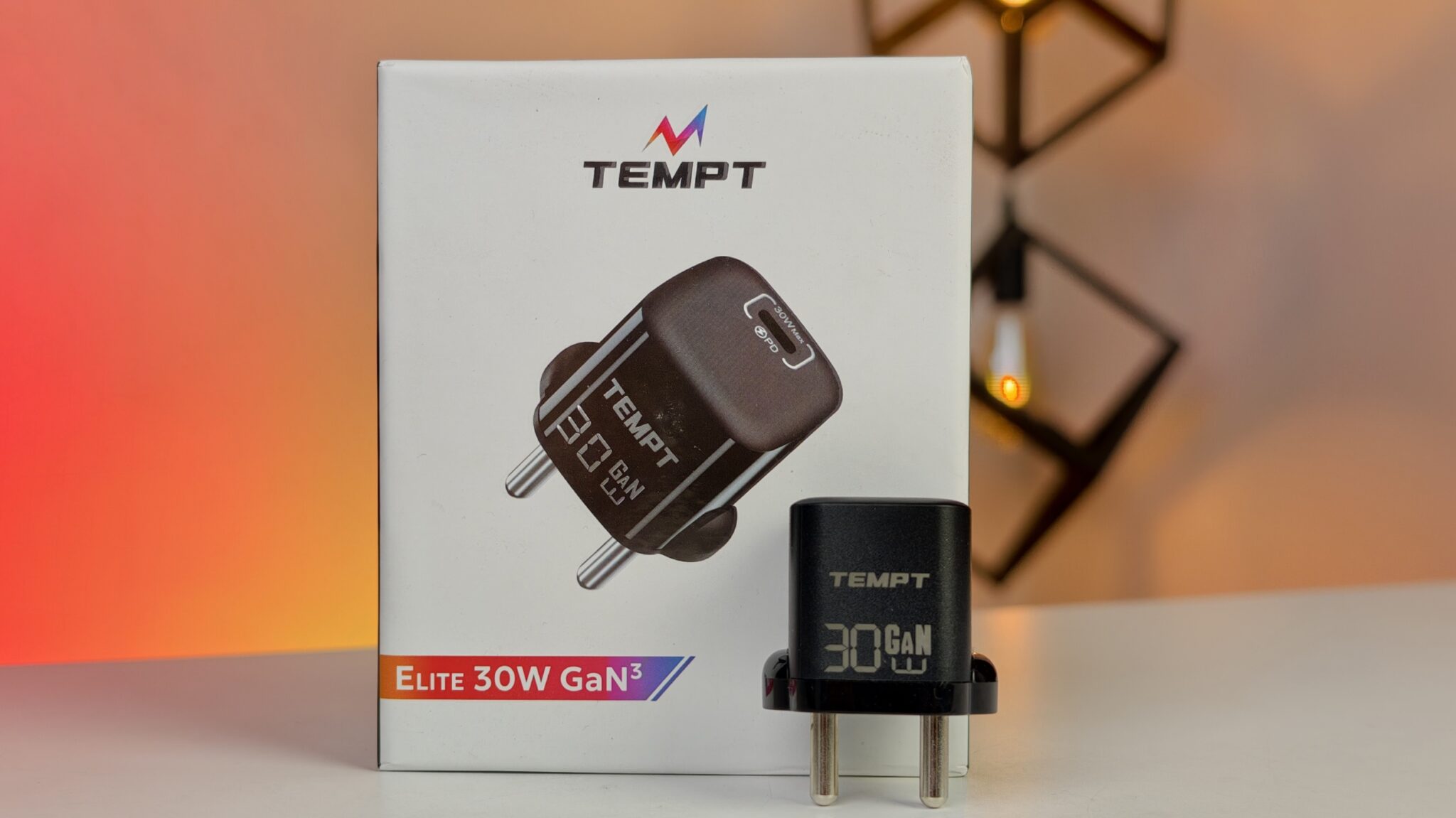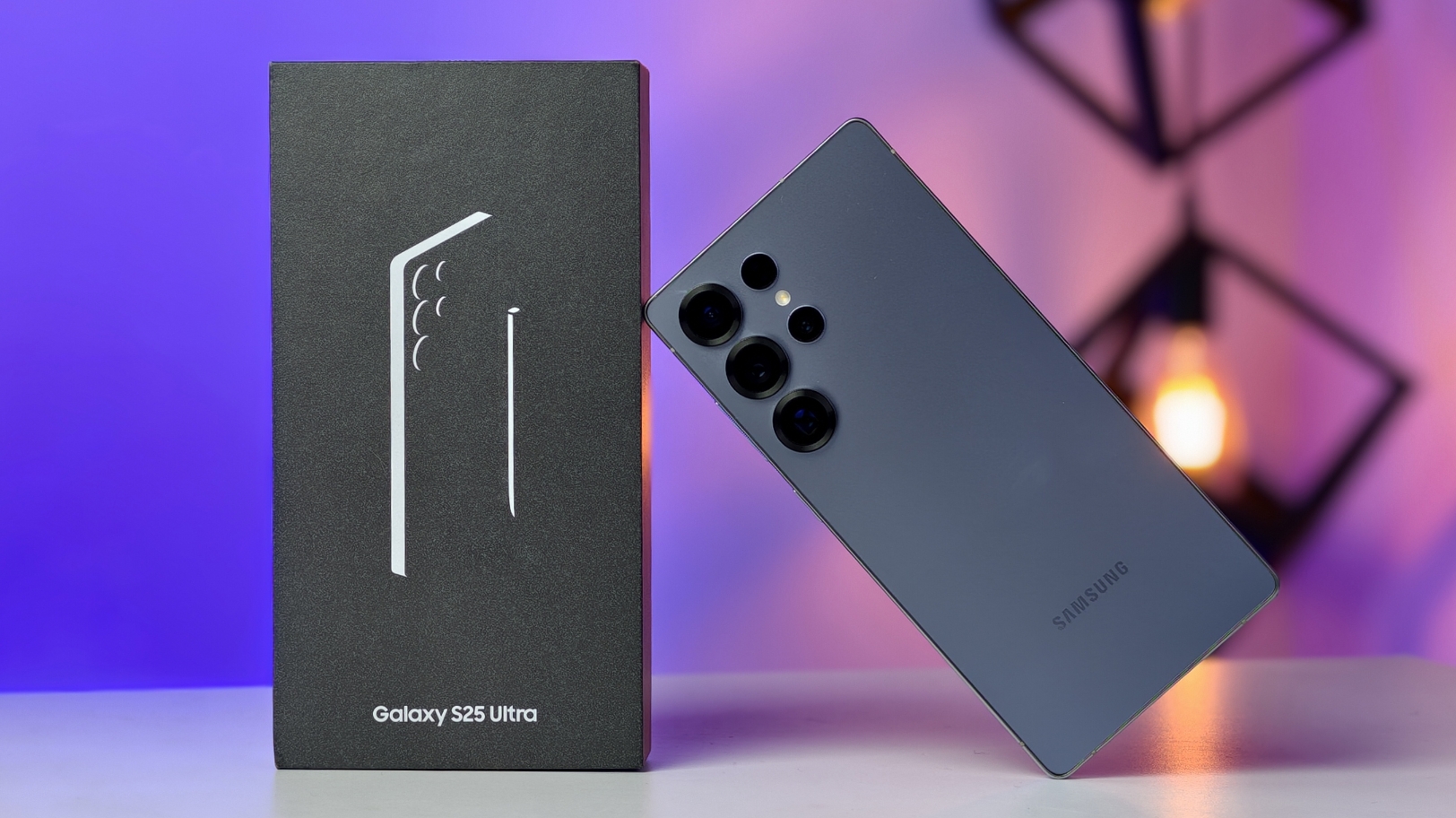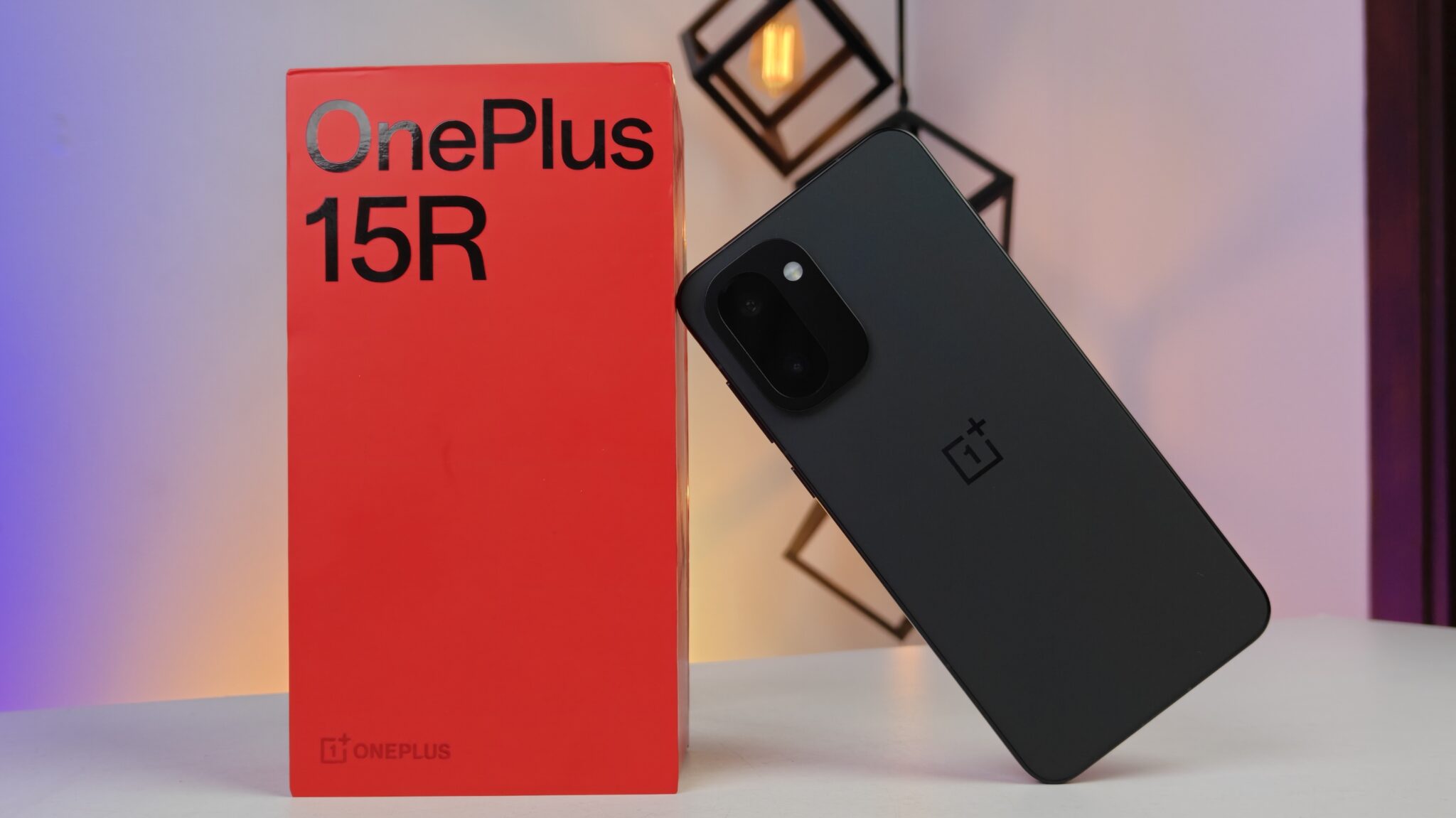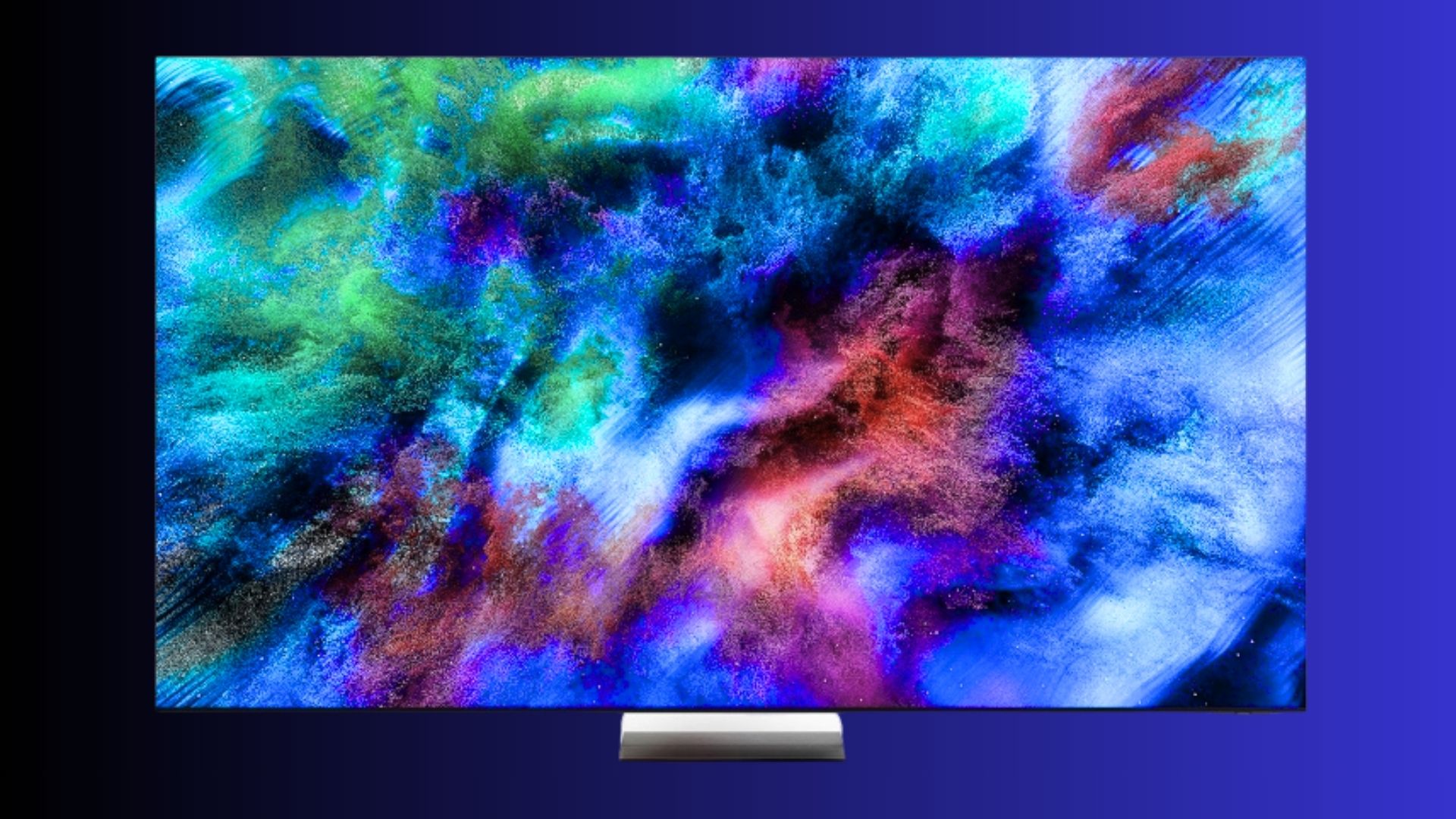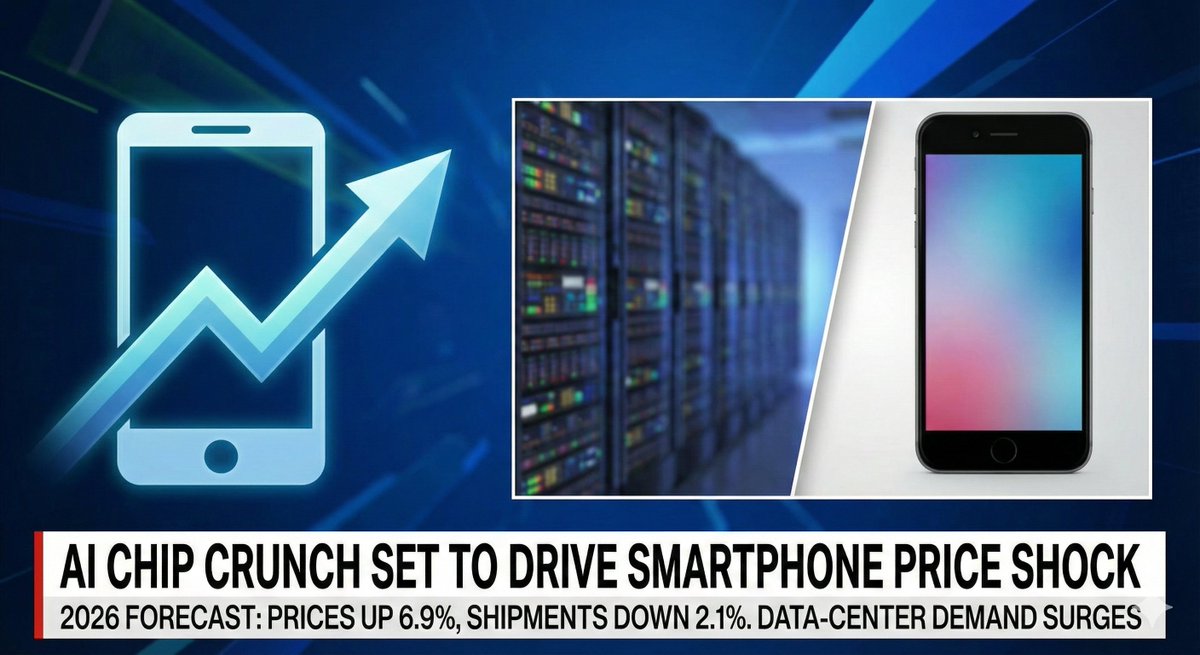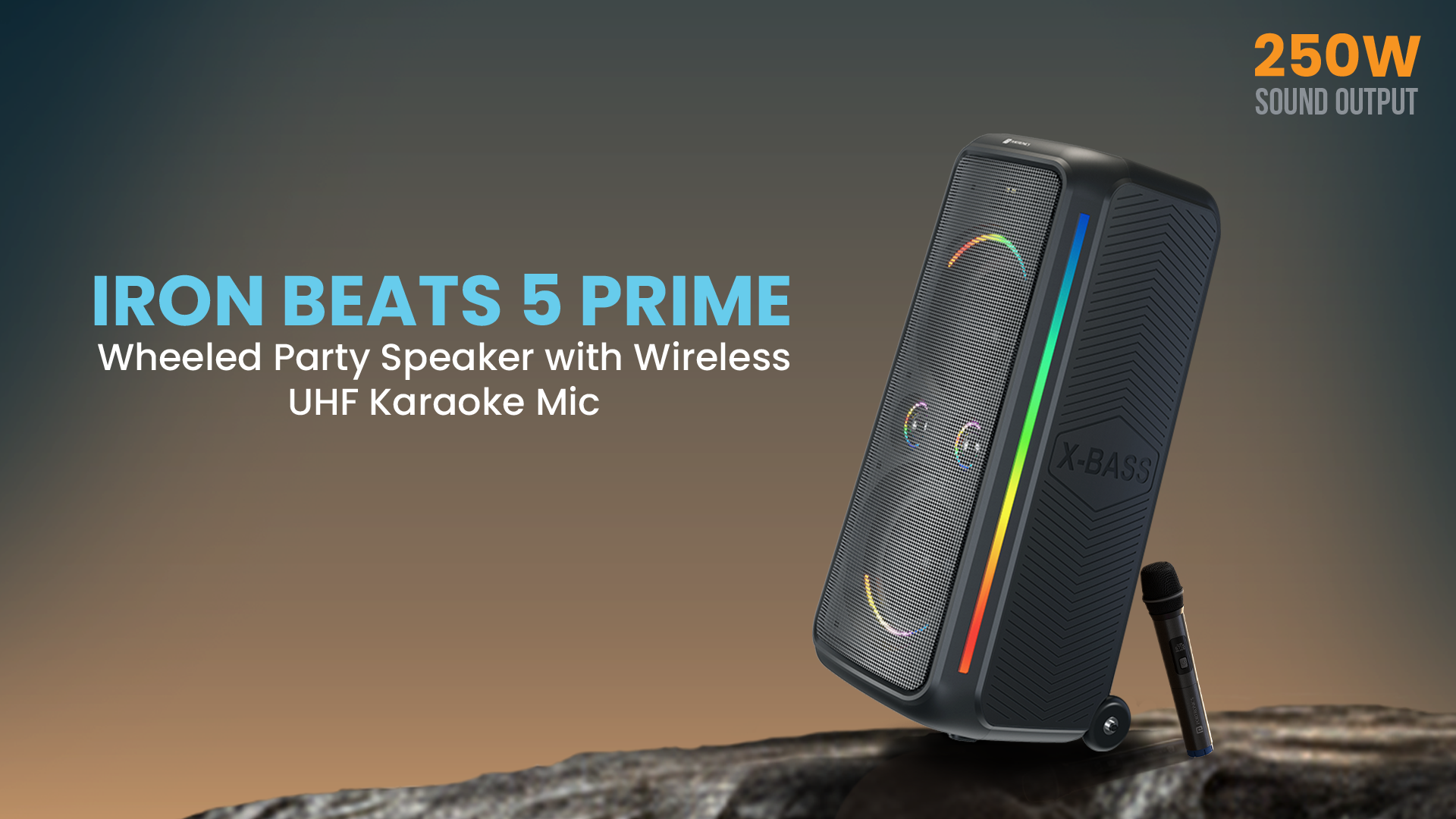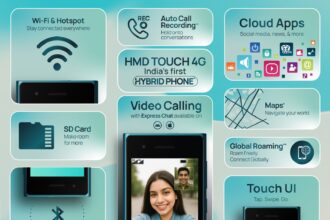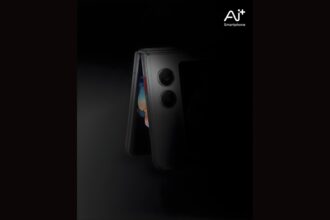The smartphone market in India is heating up as Google prepares to launch its highly anticipated Pixel 9a today, March 19, 2025. In a strategic move that has caught the attention of consumers and industry analysts alike, Apple has significantly slashed the price of its flagship iPhone 16 by a substantial 19%. This aggressive price cut brings the cost of the iPhone 16 down to a new low, signaling an intensified battle for market share in the mid-to-premium smartphone segment.
The price reduction, prominently featured on major e-commerce platforms like Amazon, applies specifically to the 128GB model of the iPhone 16 in Teal color. The original price of the device stood at ₹89,900, but with this considerable discount, customers can now purchase it for ₹72,900. This move comes at a crucial time, directly coinciding with the launch of the Google Pixel 9a, which is expected to be priced competitively around the ₹50,000 mark, similar to its predecessor, the Pixel 8a.
Industry experts believe this price adjustment by Apple is a direct response to the impending arrival of the Pixel 9a. Google’s Pixel series has garnered a reputation for its exceptional camera capabilities and seamless Android experience, posing a significant challenge to Apple’s dominance, particularly in price-sensitive markets like India. By making the iPhone 16 more accessible, Apple aims to retain and attract customers who might be considering the new Pixel offering.
“This is a classic competitive pricing strategy,” commented tech analyst Rohan Verma. “Apple understands the buzz around the new Pixel 9a and its potential to sway consumers looking for a premium experience without breaking the bank. A 19% price cut on the iPhone 16 is a bold statement, making it a much more compelling option for buyers in this price range.”
The discounted price of ₹72,900 for the iPhone 16 is just the tip of the iceberg. E-commerce platforms are also offering substantial exchange offers, potentially reducing the price even further. Reports indicate that customers can receive up to ₹46,100 off by trading in their old smartphones, depending on the model and condition. This could bring the effective price of the iPhone 16 down to an incredibly attractive ₹26,800 for those with eligible devices to exchange.
While the 19% discount currently applies to the 128GB Teal variant, it remains to be seen if Apple will extend similar price reductions to other colors and storage options of the iPhone 16 in the near future. Nevertheless, this initial cut is expected to have a significant impact on consumer choices.
The iPhone 16, launched in the latter half of 2024, boasts a 6.1-inch display and is powered by Apple’s A18 Bionic chip. It features a dual-camera system known for its impressive image quality and runs on iOS 17, with the promise of timely updates to the latest iOS versions. The device also supports Apple Intelligence, the company’s suite of AI-powered features designed to enhance user experience.
Meanwhile, the Google Pixel 9a is generating considerable excitement with leaked specifications suggesting a 6.3-inch display with a 120Hz refresh rate. It is expected to be powered by Google’s own Tensor G4 processor, promising enhanced performance and advanced AI capabilities, including features like Gemini AI assistant, live language translations, and improved photography tools. The Pixel 9a is rumored to feature a dual-camera setup with a 48MP main sensor and a 13MP ultrawide lens, along with a 13MP front-facing camera. A 5,100mAh battery with 23W wired and 7.5W wireless charging support is also anticipated.
The Indian smartphone market is fiercely competitive, with brands like Vivo, Xiaomi, and Samsung currently holding the top market share positions. Apple holds a smaller but significant share, focusing on the premium segment. This price cut on the iPhone 16 suggests a renewed push by Apple to gain a stronger foothold in a broader segment of the market, directly challenging the likes of Google and other Android manufacturers.
This aggressive pricing strategy from Apple could have ripple effects across the smartphone market in India. Other manufacturers might feel compelled to adjust their prices to remain competitive, ultimately benefiting consumers with a wider range of options at more affordable prices.
Consumers looking to purchase a new smartphone in the coming weeks will have a tough decision to make. The significantly discounted iPhone 16 offers a premium experience with Apple’s ecosystem and brand appeal. On the other hand, the soon-to-be-released Google Pixel 9a promises cutting-edge Android features and a renowned camera system at a potentially lower price point.
The coming months will reveal the effectiveness of Apple’s strategy and the consumer response to the Pixel 9a. One thing is certain: the battle for the Indian smartphone market is intensifying, and consumers are the ultimate winners






